
Here’s how Japan’s regional office markets performed in 2024
Find out why Osaka has been in the spotlight last year.
Like the Tokyo C5W, Japan’s major regional office markets, Osaka, Nagoya, and Fukuoka, have continued to follow a positive trajectory. According to a Savills report, due to the strong corporate performance across Japan, many companies in regional markets are also looking to scale up business operations and expand their corporate footprints in convenient and prime locations.
“As such, demand has been particularly strong for modern properties, which has helped respective regional markets smoothly absorb the elevated office supply in 2024, and most markets enjoyed moderate rental growth and improvements to vacancy rates over the year,” the report said.
Here’s more from Savills:
Osaka has been in the spotlight in 2024, with the completion of an extremely large 90,000 tsubo of NRA, most notably GRAND GREEN OSAKA, an iconic mixed-use development in Umeda with 35,000 tsubo of NRA. Overall, tenants responded well to this influx, given the high demand for new offices with premium amenities.
As such, investment-grade vacancy rates remained largely stable, increasing by a marginal 0.1ppts YoY to 3.9%, while investment-grade rents increased by 4.5% YoY to JPY22,800 per tsubo. Significant projects, including the World Expo 2025 and Integrated Resort, brighten the outlook in Osaka, while strong business sentiment and a moderate pipeline of office supply in 2025 and 2026 point to a strong office leasing market and further growth over the coming year.
The appetite for modern prime office space has been similarly firm in Nagoya. New office supply in 2024 has been limited, and many tenants have moved quickly to secure office space while premium opportunities are still available, which has had a stabilising effect on the market. As such, rental growth has been strong, at 1.8% YoY to JPY20,700 per tsubo, and vacancy has fallen by 3.0ppts over the same period to 4.9%, with further improvements likely, given the low supply forecast in 2025.
Bright spots are numerous in Nagoya, with a few large mixed-use developments in the pipeline in Sakae in 2026 that have already received significant attention from tenants, as well as major upcoming changes in Meieki with the Chuo Linear Shinkansen later in the mid-2030s.
The Fukuoka market is currently characterised by a series of large mixed-use developments, particularly with the Tenjin Big Bang and Hakata Connected Projects. Indeed, new supply will be elevated between 2024 and 2026, and offices with premium rents may face potential challenges in securing tenants in the short term.
Nevertheless, Fukuoka remains in good shape. Investment-grade vacancy decreased by 2.6ppts YoY to 2.5%, indicating that leasing activity has been proceeding with limited issue, while the market recorded annual rental growth at 0.8% to JPY19,200 per tsubo. That said, while Hakata remains very tight, vacancies are relatively elevated in Tenjin due to the large new office supply recently.
In addition, Tenjin has incoming supply in the pipeline that is large and expensive, which has caused some concerns. Nevertheless, upcoming developments should fundamentally transform the landscapes of respective submarkets over the long term, improving their appeal by adding premium office options with top amenities, which are in high demand, while high construction costs may force developers to postpone upcoming developments, which could space out new additions and aid the absorption of existing available space.
Similar to the Tokyo C5W, sustained positive economic and corporate performance should support strong demand for high quality office space among tenants, providing a bright outlook for Japan’s regional markets in 2025. New office supply will be more moderate across most regional markets, which should help respective markets grow while strong demand for office space allows for available space to be uneventfully absorbed.


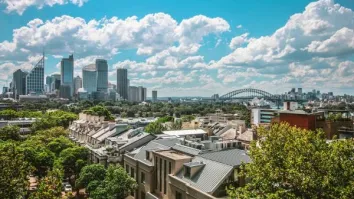


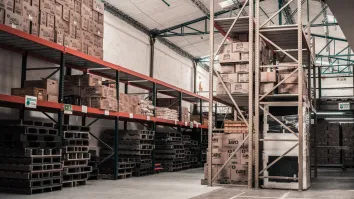

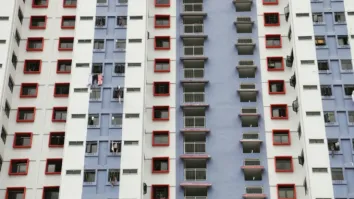





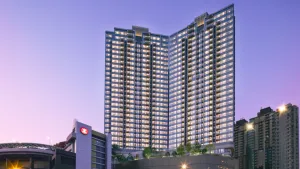


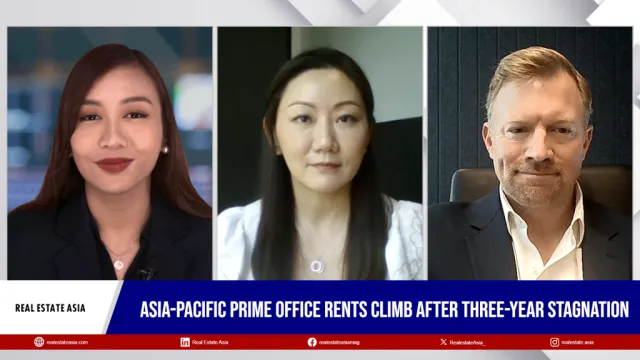


 Advertise
Advertise




